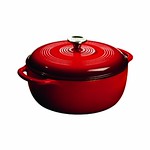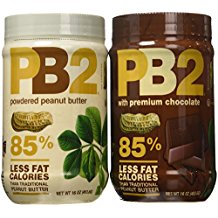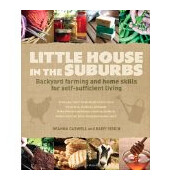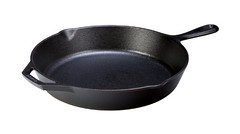$0 Grocery Shopping Weeks
>> Thursday, November 13, 2014
More and more, we’re trying to dig deep into our cupboards to have a few $0 grocery shopping weeks. I haven’t yet decided if we’re saving tons of money this way, but I do know that we’re using our foods better and eliminating waste all at the same time. It feels amazing to go grocery shopping when your refrigerator is near empty. It feels even better not trashing stuff that spoiled because we simply forgot about it.
Here are a few tips for how we make skipping weeks work in our house. I definitely want to note that we keep a good stock of pantry staples on hand for making a lot of basics from scratch (flours, oats, grains, beans, frozen vegetables and fruits, etc.). This way of shopping works best when you can make the most of what you have -- dipping into these reserves -- but certainly don’t go hungry or eat less nutritive meals trying this method.

#1: Taking Stock
The first step in my meal planning process is taking stock. I look through the fridge, the freezer, and all the cabinets. What foods do we have? What are we out of? What is going bad soon? What do we tend not to use week after week? Asking myself these questions and regularly evaluating what we store is helpful in a number of ways.
- I know what to bump in in priority with regard to meals and expiration dates. Usually this stuff is in the refrigerator, so any product that looks like it’ll go bad soon gets tossed into a meal (or frozen somehow) before it spoils.
- I learn the foods that we -- in theory -- are eating, but -- in reality -- aren’t. In the past, dried beans would have been on this list. I wanted to use them, but hadn’t figured out how to cook them well. Eventually, I learned the process. But sometimes those foods we used to eat up all the time get stagnant and seeing them pile up is a reminder to stop buying them.
- And, as a result, I make some not-incredibly popular decisions about meals on occasion. Maybe we don’t FEEL like eating cauliflower and spinach with our veggie burgers one night. But that’s the food we have, and we’re lucky to have it. We can’t always just go out and buy exactly what our stomachs are craving any given day/week.
#2: Planning + Making Meals
If I’ve taken stock and discover that I can make a multitude of well-rounded meals without rushing out, whether or not we’re thrilled about them, we delay our shopping. I write delay because before we started skipping weeks, we would push out the day we shopped by 3-4 days and see if we could last. Over time, we got more creative with our meal planning, so the week became the better standard.
- Freezing meals ahead of time helps tremendously with this whole idea. That way, we usually have at least a few dinners that were prepped and completed weeks or months in advance. No need for fresh ingredients.
- In fact, since we do have a lot of frozen dinners, a lot of the creativity comes in with breakfasts and lunches. And this is where it helps to have go-to meals that are tried and true. Slow cooker oatmeal, for example, is just oats, water/milk, and puree. Making a batch sets us up for almost an entire week of morning meals. Lunch can be as simple as a cooked grain with frozen veggies and hardboiled eggs.
- Snacks, too, can feel tricky. But that’s where having our pantry supplies comes in handy. I can make vegan muffins, energy chunks, and all other sorts of snacks without reaching into a package for something from the store. It takes more effort, but it saves us money.
#3: Shopping Small
If we need anything, I make a short $10 and under list that usually involves a simple trip to the store for milk (almond and cow for Ada), eggs (because they work for breakfast, lunch, and dinner), and bananas.
#4: Buying Smart
When we do full grocery shopping trips, I tend to favor produce that keeps well for longer periods of time. We love berries, for example, but unless they are local and less expensive, we tend to skip them (and maybe keep a few bags of frozen around) and go for the more stable stuff. Here are some examples.
- Cauliflower
- Broccoli
- Apples
- Carrots
- Celery
- Radishes
- Oranges
- Cabbage
- Brussels sprouts
- Winter squash
These are just a few thoughts, since we’re still getting the hang of shopping this way. And I think I’d like to flip it and be more intentional about our savings/fewer trips. I had experimented with shopping every other week on purpose for a while.
Here’s more on that: Shop For Two Weeks to Save and the Every Other Week Shopping Guide.
Do you skip shopping trips?
Have you saved money this way?
Do you intentionally head to the store less often to see some savings?
I’d love to hear your experiences!
Like what you just read? You can subscribe to the feed of these posts or follow us on Twitter or Facebook to be the first to know what the (never home)makers are up to. And we’ll love you forever!

















